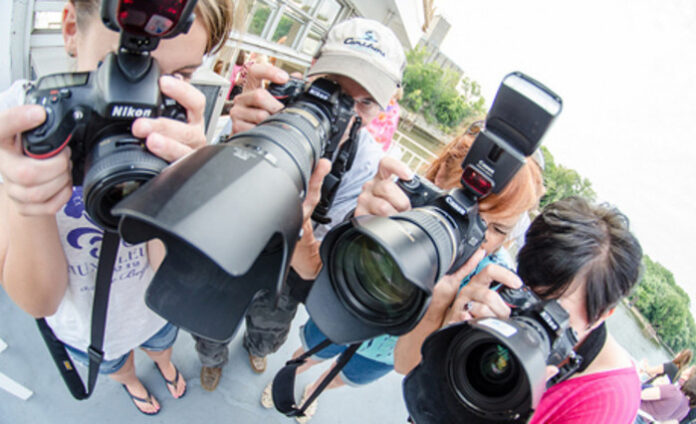
Photojournalism is a powerful tool in journalism that uses images to convey a story, evoke emotions, and capture the attention of readers. Producing compelling photojournalism requires a unique set of skills and techniques that go beyond just taking a good photograph. This article will cover the essential skills and techniques needed to produce compelling photojournalism, including composition, lighting, and storytelling.
Composition
Composition is the arrangement of visual elements within a photograph. A well-composed photo should be visually appealing and convey the intended message of the story. A photojournalist must consider the framing, perspective, and focal point when composing a photograph.
The framing of a photograph is the way in which the subject is presented within the photograph. It is important to consider the elements surrounding the subject, such as background and foreground, to create a visually interesting composition. Perspective refers to the angle from which the photograph is taken and can significantly impact the visual impact of the image. Finally, the focal point is the subject or object in the image that draws the viewer’s attention.
Lighting
Lighting is an essential element of photography, and photojournalists must understand how to use it to their advantage. Lighting can create mood, convey emotion, and emphasize the subject. The photojournalist must consider the time of day, the natural light available, and the use of artificial lighting when taking a photograph.
The use of natural light is ideal for photojournalism as it provides a more authentic and organic feel to the photograph. When using artificial lighting, the photojournalist should aim for a natural look to avoid distracting the viewer from the subject matter. In addition, photojournalists can use lighting to create contrast, shadow, and depth in their images.
Storytelling
A compelling photojournalistic image tells a story and evokes emotion in the viewer. To achieve this, photojournalists must consider the subject matter, the message they want to convey, and the target audience when taking a photograph.
The photojournalist should aim to capture a moment that is both visually interesting and impactful, with a clear subject that tells a story. The image should be able to stand alone, without the need for additional text, to convey the intended message.
Conclusion
Compelling photojournalism requires a unique set of skills and techniques that go beyond just taking a good photograph. Photojournalists must consider composition, lighting, and storytelling to produce powerful and impactful images that convey a story and evoke emotion in the viewer. With practice and dedication, photojournalists can develop the skills needed to produce compelling photojournalism that contributes to the public discourse.









